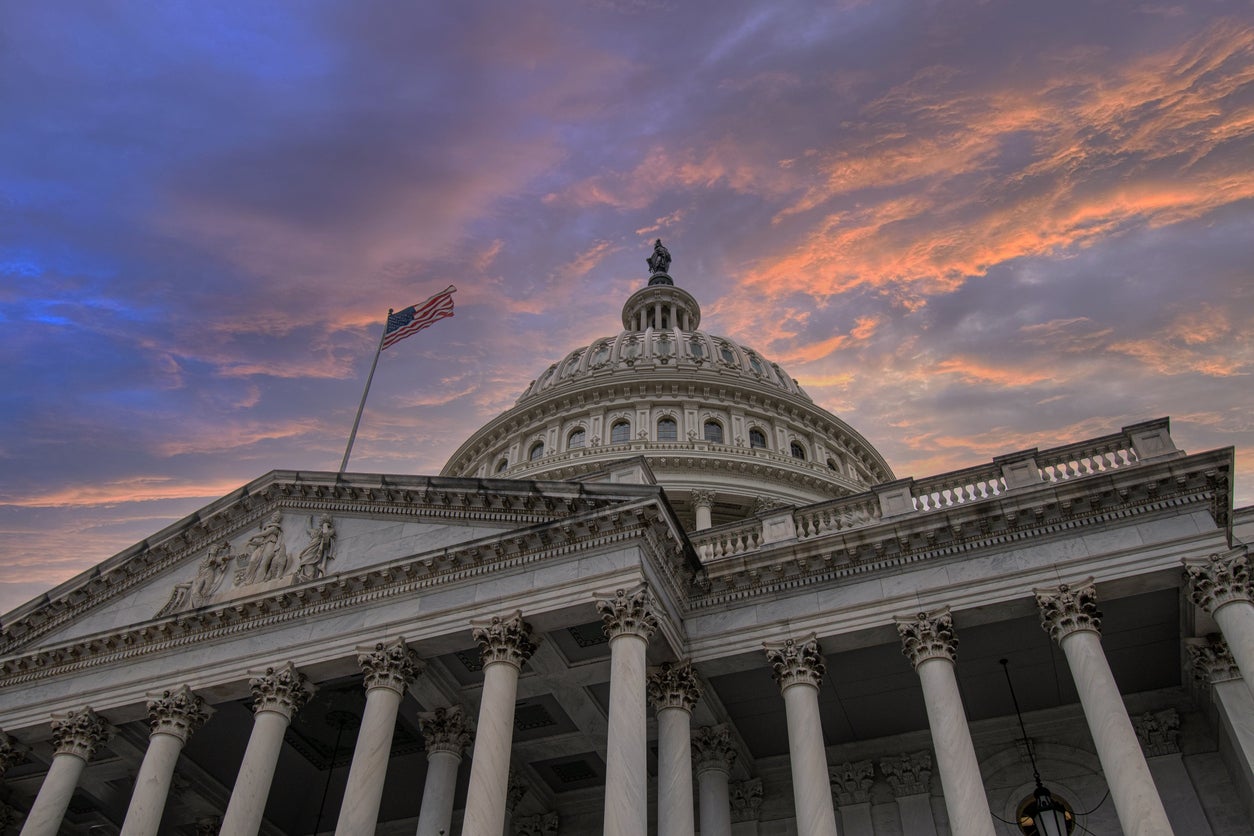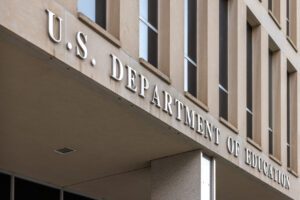Federal student loans are one of the most common forms of financing for college education. According to the National Center for Education Statistics, nearly 30% of undergraduate students who receive financial aid took out federal loans.
Historically, federal student loans have lower rates and more generous repayment benefits than other options, making them a good starting point for students. However, rates have skyrocketed in recent years; for example, PLUS Loans — which parents and graduate students can take out — now exceed 9.00%. Just a few years ago, the rate on those loans was just 5.3%.
Such high rates can be a major problem for borrowers as they enter repayment. To address this issue, three politicians introduced a new bill, the Affordable Loans for Students Act, that would slash interest rates.
Federal Student Loan Interest Rates
Federal law sets the rates on federal student loans. Each year, the rates are reevaluated and adjusted; as economic conditions change, so do the rates on federal loans.
For example, when the Federal Reserve cut rates during the pandemic, federal student loan rates reached all-time lows, with some as low as 2.75%.
| Direct Subsidized and Unsubsidized (Undergraduate) | Direct Unsubsidized (Graduate) | Parent and Grad PLUS | |
| Disbursed between July 1, 2024, and June 30, 2025 | 6.53% | 8.08% | 9.08% |
| Disbursed between July 1, 2023, and June 30, 2024 | 5.50% | 7.05% | 8.05% |
| Disbursed between July 1, 2022, and June 30, 2023 | 4.99% | 6.54% | 7.54% |
| Disbursed between July 1, 2021, and June 30, 2022 | 3.73% | 5.28% | 6.28% |
| Disbursed between July 1, 2020, and June 30, 2021 | 2.75% | 4.30% | 5.30% |
The increase in rates can have a significant impact on borrowers. Consider these examples:
Let’s say you took out $10,000 in loans at 2.75% interest (the rate on Direct Subsidized and Unsubsidized Loans for undergraduate students in 2020). Assuming a 10-year repayment term, you’d pay $95.41 per month, and you’d repay a total of $11,449.32 over the life of your loan. Overall, you’d pay less than $1,500 in interest charges.
By contrast, say you took out that same amount at 6.53% (the current rate on undergraduate loans). Your monthly payment would be $113.70, and you’d repay a total of $13,644.08. Thanks to the higher rate, you’ll pay thousands more in interest.
The Affordable Loans for Students Act (ALSA)
Student loan interest can accrue rapidly, making it difficult for borrowers to afford their payments and pay down their debt.
To address this issue, a new bill was introduced that would address high student loan interest rates. A bipartisan bill, the ALSA was introduced by Representatives Mike Lawler (Republican, NY-17), Anna Paulina Luna (Republican, FL-13), and Jared Moskowitz (Democrat, FL-23).
The bill would slash the rates on federal student loans — including existing loans in repayment — to just 2.00%. By reducing the rates on federal loans, borrowers would have lower payments, lower interest charges, and be able to pay off their debt sooner.
“This is a game-changer for millions of Americans looking to build a better future without the weight of overwhelming student loan debt holding them back. By adjusting the rate to 2% and doing this retroactively, we’re giving borrowers the flexibility they need to pay off their debt without unnecessary obstacles, like the outrageous additional cost post-graduation that is now synonymous with quality education,” said Congressman Mike Lawler (NY-17) in a statement on his website.
The bill has bipartisan support, and the support of organizations like American Council on Education, the American Association of Colleges and Universities, and the National Association of Student Financial Aid Administrators.
How the ALSA Would Affect Borrowers
The impact of the ALSA on borrowers would be substantial. Consider a borrower with $30,000 in PLUS loans at 9.08% interest. Under a 10-year repayment plan, they’d have a monthly payment of $381.33, and they’d repay a total of $45,759.29 over the life of the loan.
However, the ALSA would reduce their rate to 2.00%. Their monthly payment would drop by over $100, and they’d repay a total of $33,124.84 over the life of the loan. With the lower rate, they’d save over $12,000.
| Loan at 9.08% APR | Loan at 2.00% APR | |||
| Monthly Payment | $381.33 | Monthly Payment | $276.04 | |
| Principal | $30,000 | Principal | $30,000 | |
| Total Interest | $15,759.29 | Total Interest | $3,124.84 | |
| Total Repaid | $45,759.29 | Total Repaid | $33,124.84 | |
As you can see from this table, a loan at 9.08% APR would mean paying nearly 35% of your total payment in interest alone, whereas a 2.00% loan would add up to less than 10% of your total payment.
Next Steps
The ALSA is not the first bill that aims to reform the student loan system or interest rates; there have been other attempts in the past. The ALSA is the latest effort, and does stand out due to its bipartisan support.
Opponents of some of the previous measures, such as the Saving on a Valuable Education (SAVE) repayment plan or blanket loan forgiveness proposals, may view the ALSA as a valuable compromise. It would lower rates and reduce interest, but would still require borrowers to make payments and repay the principal.
However, the bill will likely face challenges since it would reduce government revenue from interest charges, so there’s no guarantee it will go into effect.


